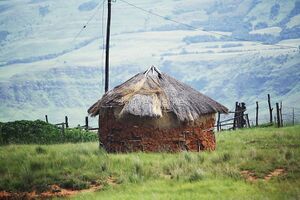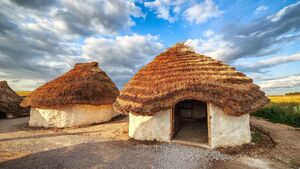Sorewa people
<infobox>
<title source="title1"> <default>Sorewa people</default> </title> <image source="image1">
</image> <label>Total population</label> <label>Regions with significant populations</label> <label>Languages</label> <label>Religion</label> </infobox> the Sorewa are a group of people native the Collective Kel-Elemi Republic. Official estimates place the total population betwwen 600,000 and 800,000.
History
The eariliest accounts of Sorewa on Kel-Elemi date 2 millenia prior to the Grand Calming. Sorewa began living on Kel-Elemi before other other groups.
In 9 PC the Sorewa Liberation Uprising formed with the goal of establishing a state dedicated to protecting rights for Sorewa people.
Society

Sorewa began expiriencing widespread descrimination upon the arrival of Sawaji,

Sorewa commonly experience a high level of prejudice. It is common for Kawkians and Sawaji to descriminate against Sorewa communities and individuals in employment and government institutions. Racial prejudice in the form of harassment is also common. Sorewa indiviudal often struggle with Economic and social mobility. the average Sorewan wealth ranks lower than other ethnic groups living on Kel-Elemi.
Traditional Sorewa architecture is made of cobbed earth and straw. Regions with the highest precentage of Sorewa include the Qaadi Moutain range and the Eluti Moustain range. A large amount of Sorewa live in these regions to avoid contact with other groups.
It is common for Sorewa individuals to obtain food through foraging and hunting.
The "Angry Fish" is an offically recognized symbol for Sorewa Communities. Often depicted in black